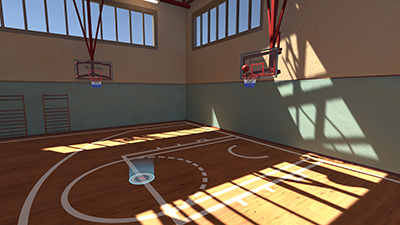About MPEG-I
MPEG-I is the new under-development standard for virtual and augmented reality applications. It aims at creating VR experiences that are natural, realistic and deliver an overall convincing experience – not only for the eyes, but also for the ears.
Imagine hearing a concert in VR where you are not rooted to just one spot, but can move freely around the concert hall – what a tremendous experience! Or imagine the broadcast of e-sports or sporting events in which users can move around the stadium while they watch the game. This is one goal of MPEG-I.


